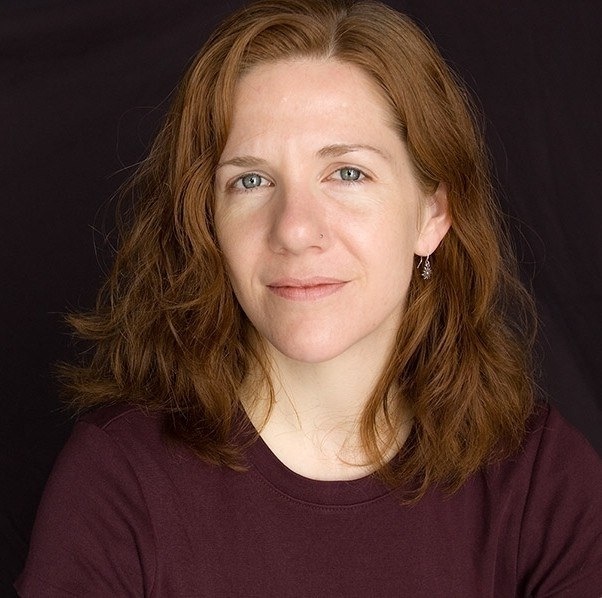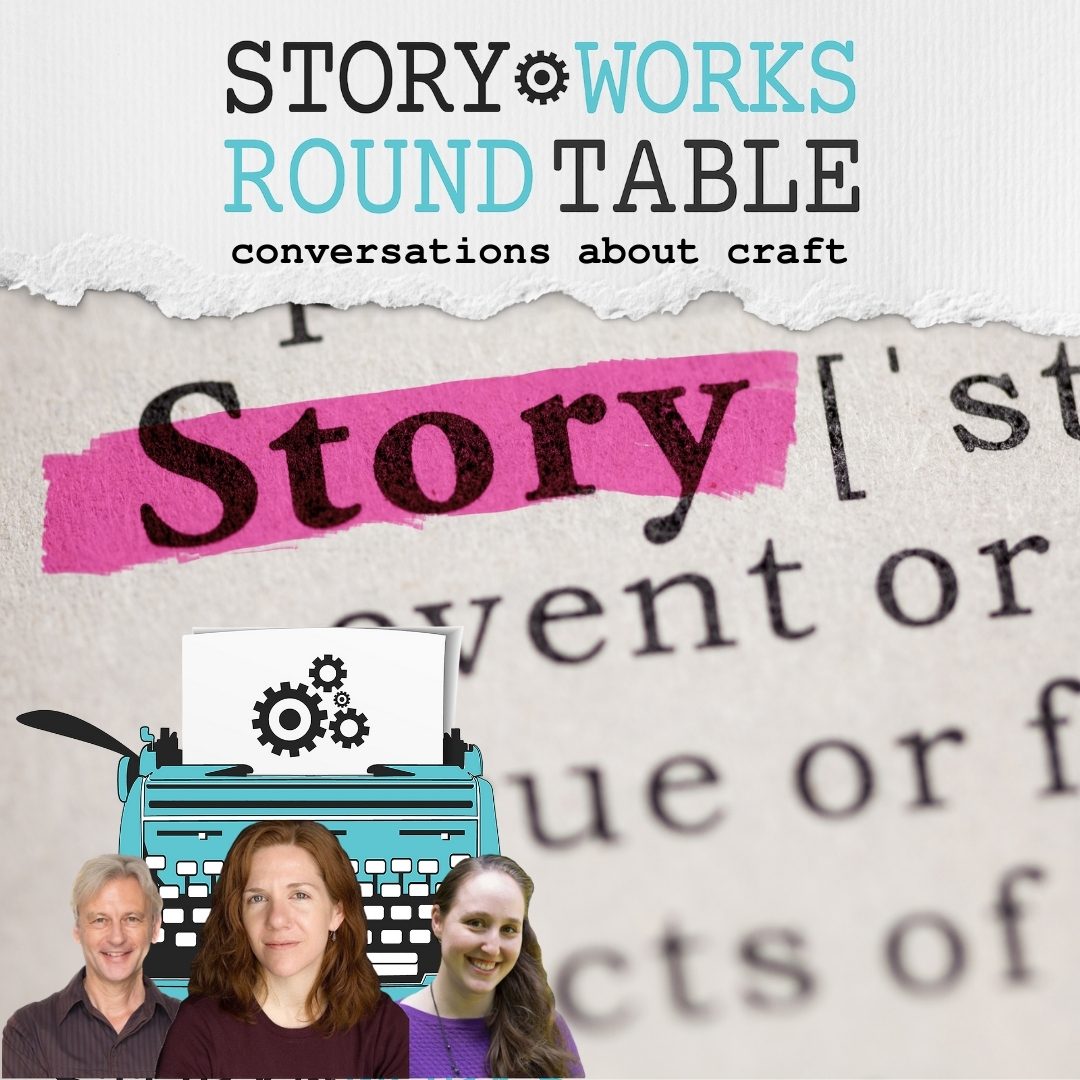This week, Alida and Kathryn go deeper into the subject of writing time, specifically how to handle chronology in narrative. We have three very short examples that illustrate different methods of structuring your narrative to move the story and reader through time.
- Francisco holds us in the present, with her as she writes, while drawing us back into her remembrances.
- Sukruangrung uses a scene break to create a clear delineation between in-scene writing and exposition.
- McCloy keeps us in the story with her younger self, using very limited narrative interjections to add a little bit of hindsight to her piece.
All of the writings are excellent and each method works equally well. I screen share the texts, so you can read along.
VIDEO
AUDIO
SHOW NOTES
What we talked about:
Our first excerpt. (2:15)
Discussion of the first excerpt. (6:05)
The second excerpt. (11:05)
Discussion of the second excerpt. (13:45)
Narrative exposition is not telling. (17:38)
Which was more successful? (20:05)
Our final excerpt. (21:30)
Our discussion about the excerpt. (24:25)
So what do we learn about chronology and narrative? (29:50)
LINKS
Get Alida’s Writing Tips here.
Things we mentioned:
Telling by Patricia Weaver Francisco
Talk Thai by Ira Sukrungruang
Want more about these topics? Check out:
SWRT 240 Time
SWRT 169 Oral Storytelling with Molly McCloy part 1
SWRT 170 The Art of Oral Storytelling part 2
SWRT 172 Characters in Memoir
SWRT 173 Character Agency in Memoir
Have thoughts, questions, other examples? Join the conversation at the Story Works Writers Facebook group.
Do you enjoy the show?
Do you learn something every week?
Do you feel like you have company on your writing journey?
About Your Hosts





0 Comments